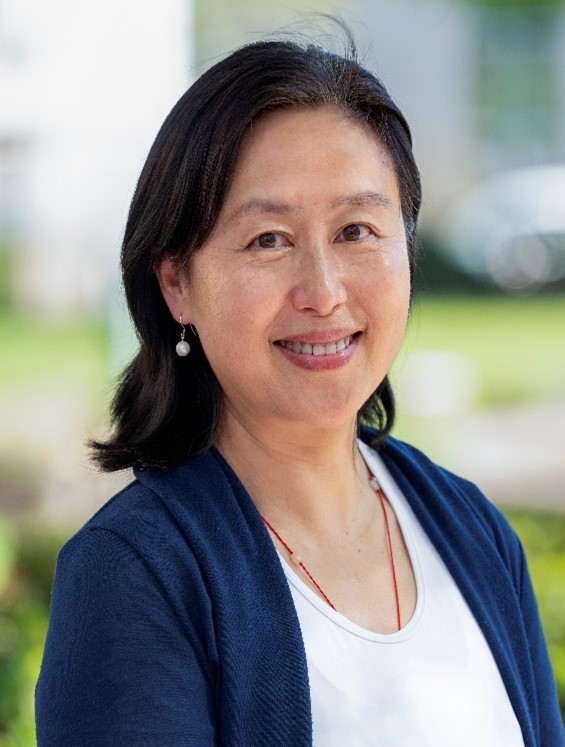Academic Mentors
Academic mentors are a critical resource for our students. Academic Mentors contribute formally and informally to graduate student training. They advise first year students on their Fall core courses, rotation lab choices and upon transitioning into their chosen research lab. They develop an individualized educational plan in conjunction with the student and their Research Mentor. They track student progress through individual meetings with the students and review of DAC reports.
- Michael S. Cohen, PhD
- Jonathan Pruneda, PhD
- Mathew Thayer, PhD
- Jane Nie, M.D, PhD
- Tim Nice, PhD
Michael S. Cohen, PhD

The overall interests of my lab are in two main areas: 1. uncovering new roles for nicotinamide adenine dinucleotide (NAD+) regulation in cells and 2. elucidating the function of post-translational modifications (PTMs) by enzymes that use NAD+ as a substrate. A current focus in on the evolutionarily conserved PTM known as ADP-ribosylation. We seek to understand the impact ADP-ribosylation on cell function as a strategy for therapeutic development. ADP-ribosylation is catalyzed by a family of enzymes known as poly-ADP-ribose polymerases (PARPs, 17 in humans; also referred to as ARTDs), and involves the transfer of ADP-ribose from NAD+ to amino acids in target proteins. Despite being called PARPs, most of the family members catalyze mono-ADP-ribosylation (MARylation) and not poly-ADP-ribosylation (PARylation). Over the past eight years we have developed novel chemical tools and approaches, including orthogonal NAD+ analogue-enzyme pairs and selective PARP inhibitors, which have provided insights into the function of PARP-mediated MARylation in ways not attainable with conventional methods. Our studies have kindled a number of collaborations with other researchers in the PARP field that are using our selective PARP inhibitors and knowledge gained from our chemical genetic studies to understand how MARylation regulates protein function in cells.
I am deeply passionate about mentoring and training graduate students, both in the lab and in the classroom. Graduate students are the catalyst for academic research and I am committed to training the next generation of PhD scientists. I have been involved in all aspects of graduate student education: from teaching in graduate courses to mentoring graduate students in my lab and serving on dissertation advisory committees. I am enthusiastic about the opportunity to contribute more formally to graduate student training as an Academic Mentor. One of my main priorities will be to make sure students feel supported and can achieve their educational and career goals.



